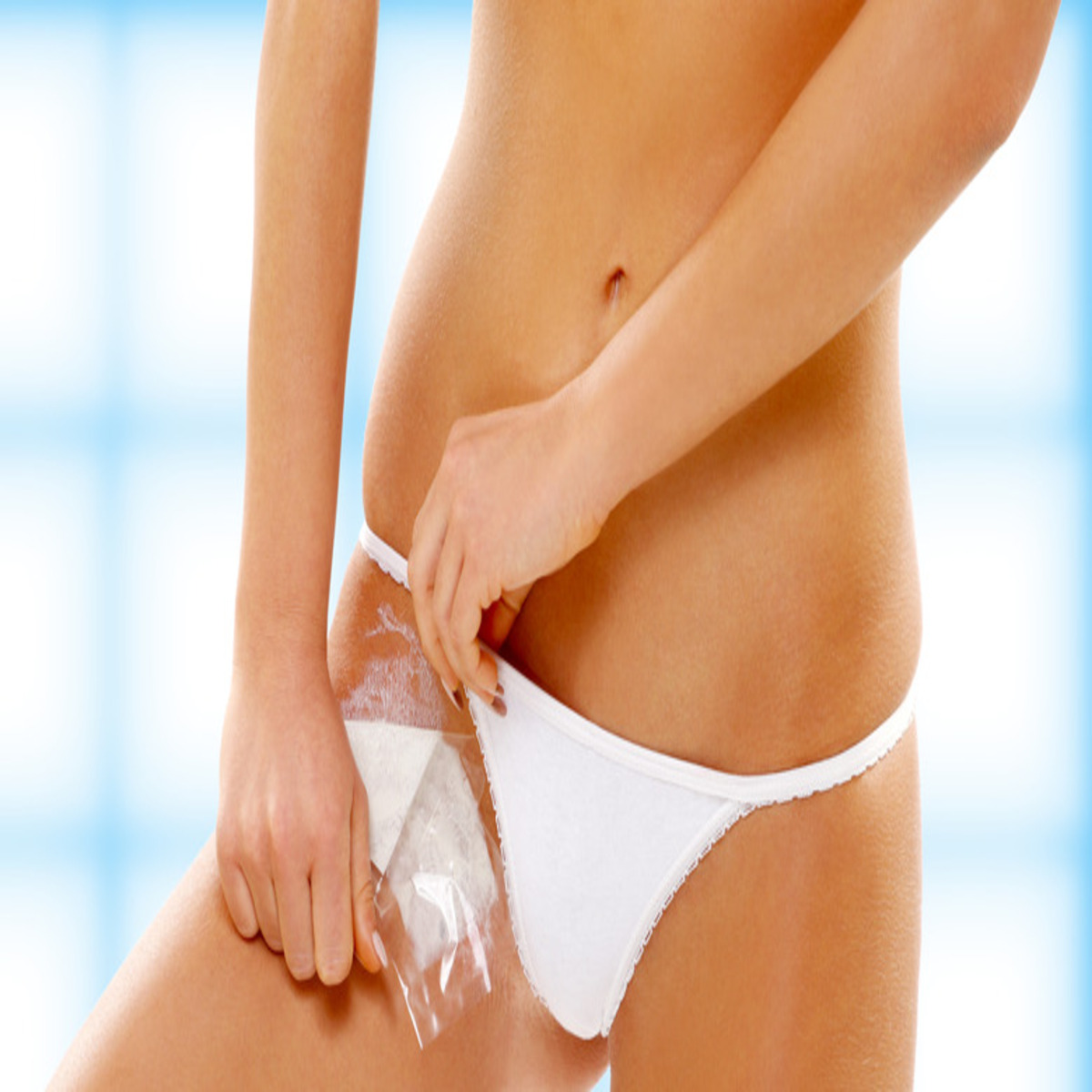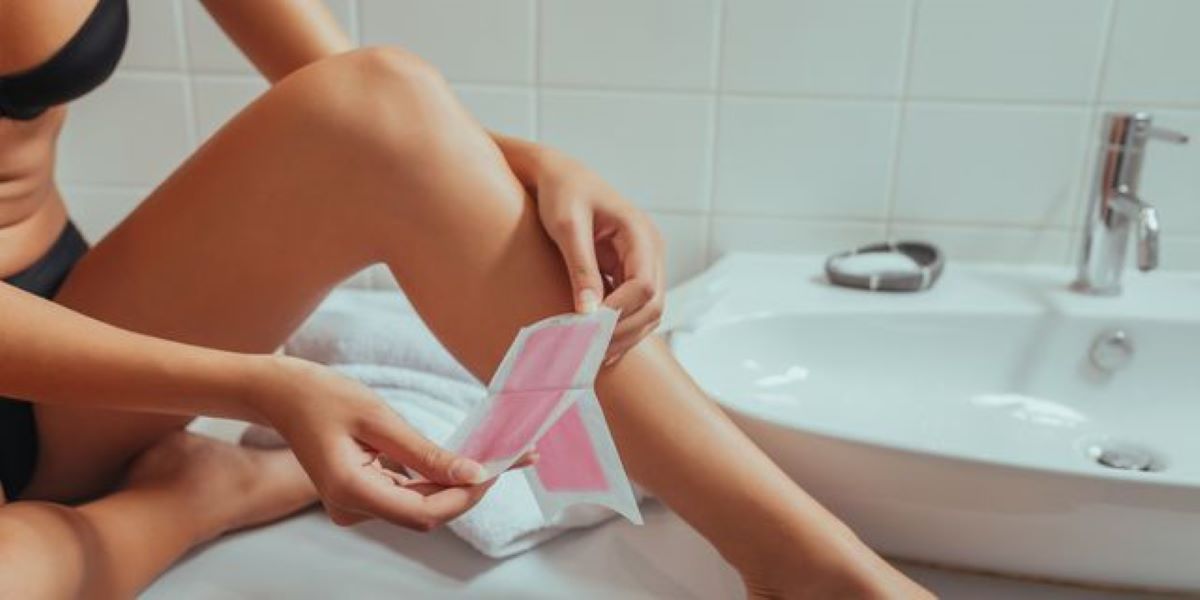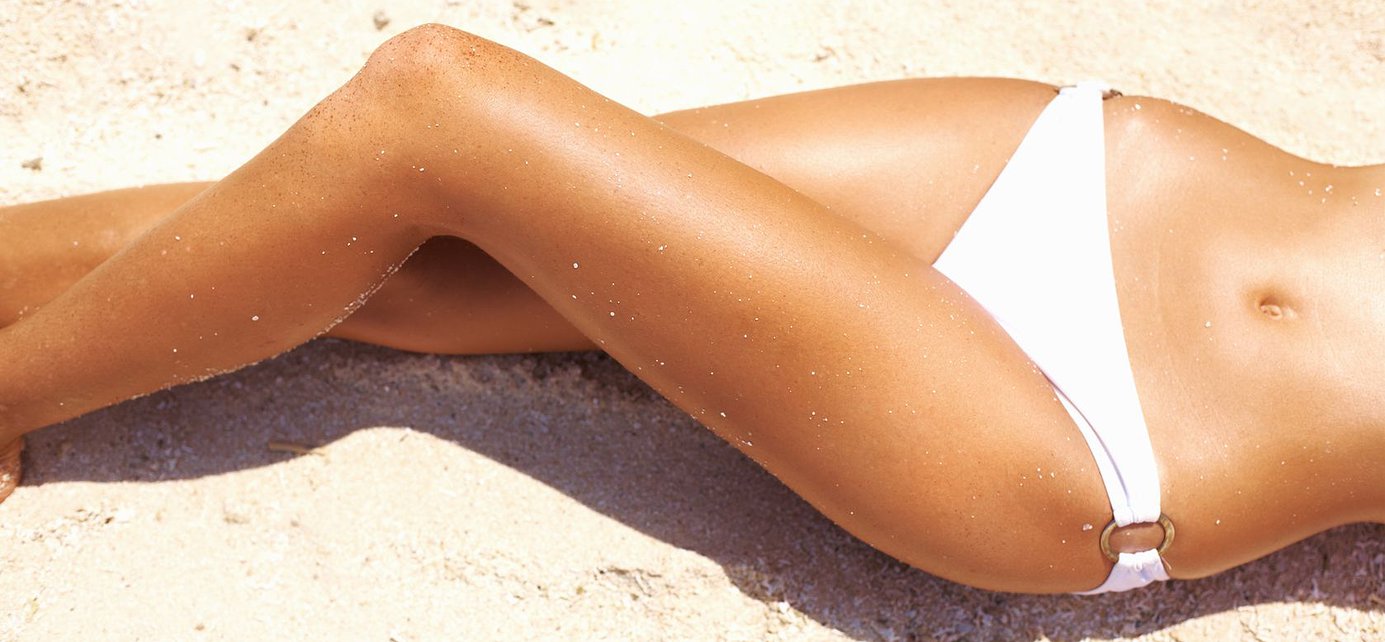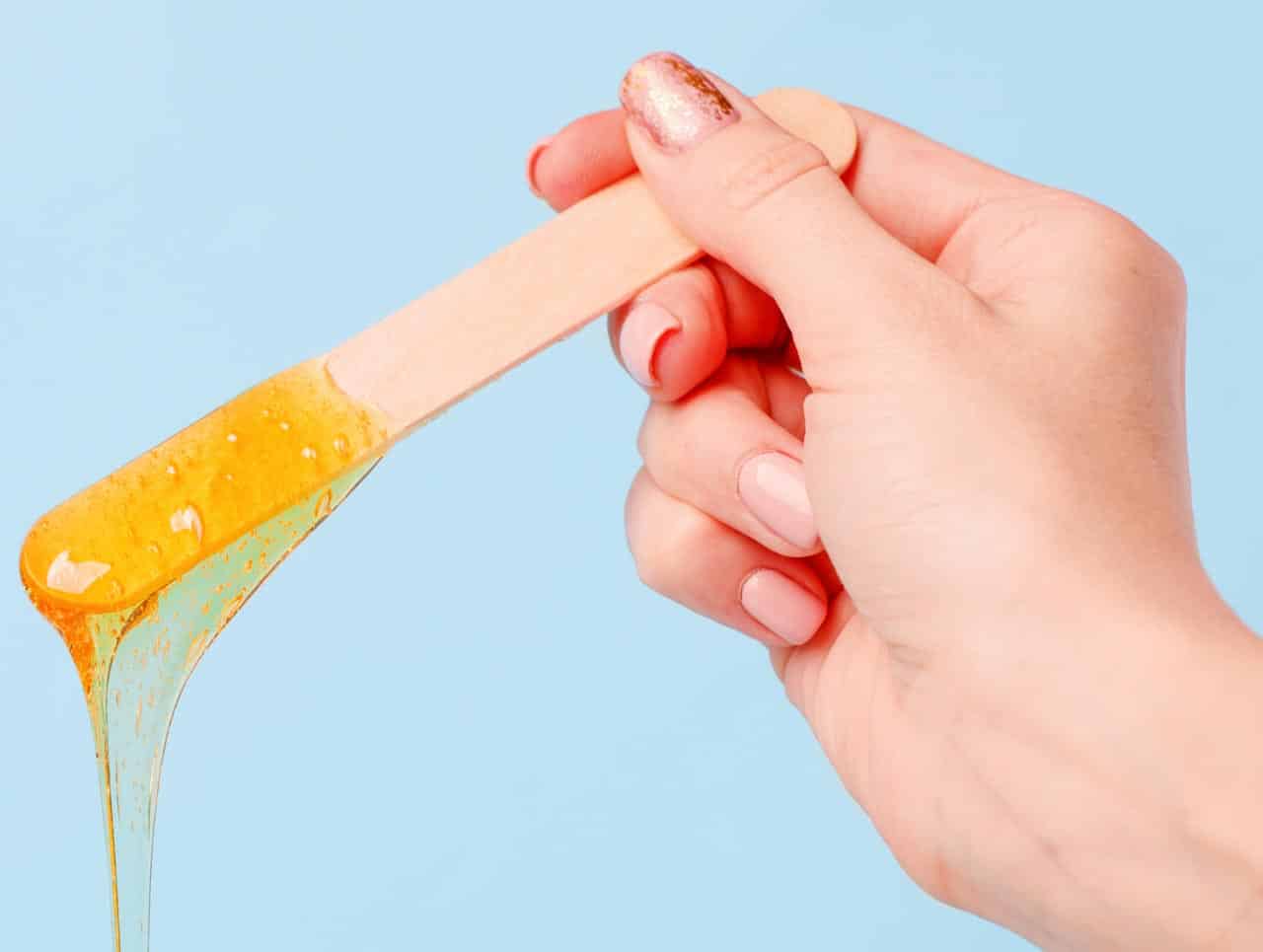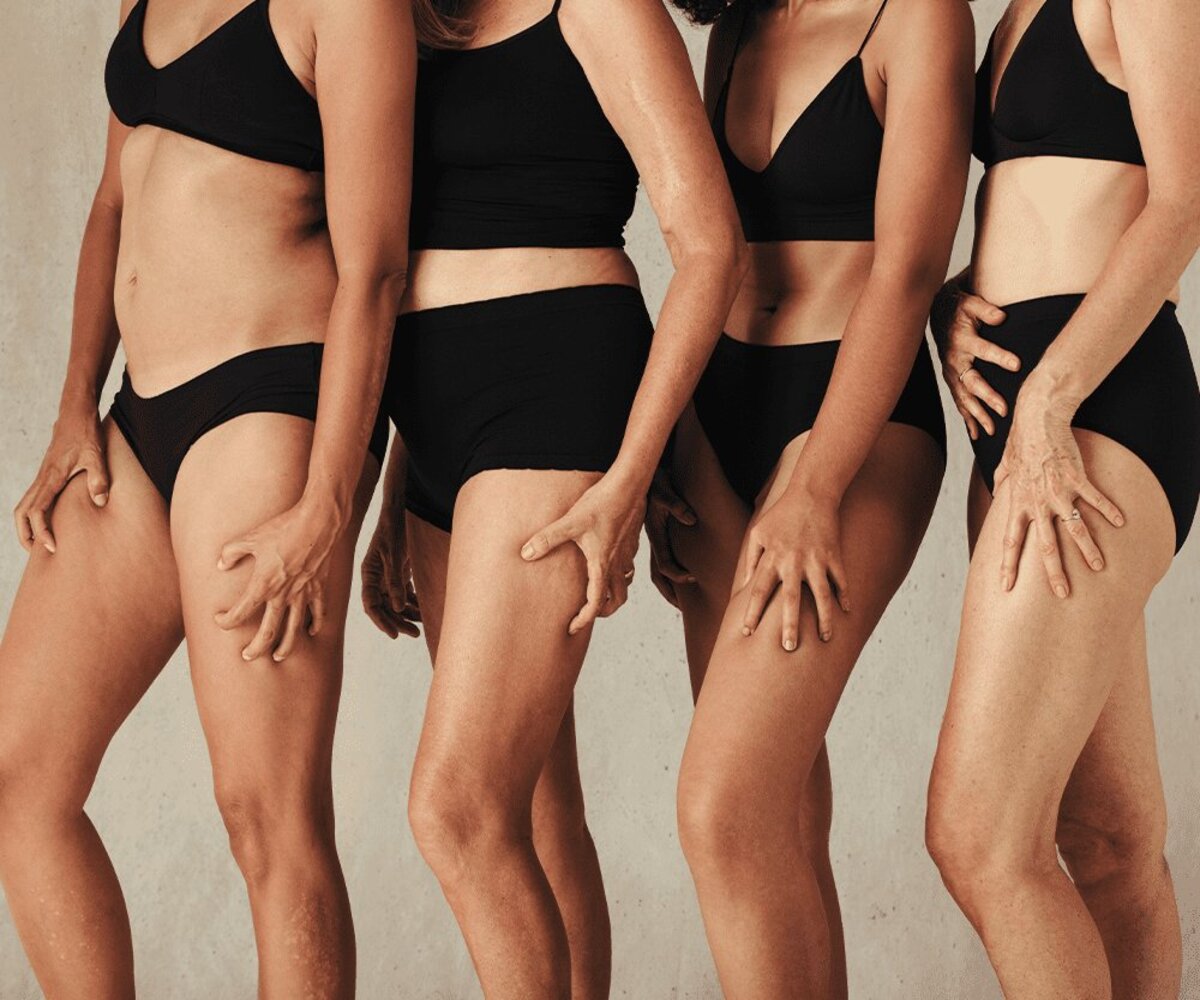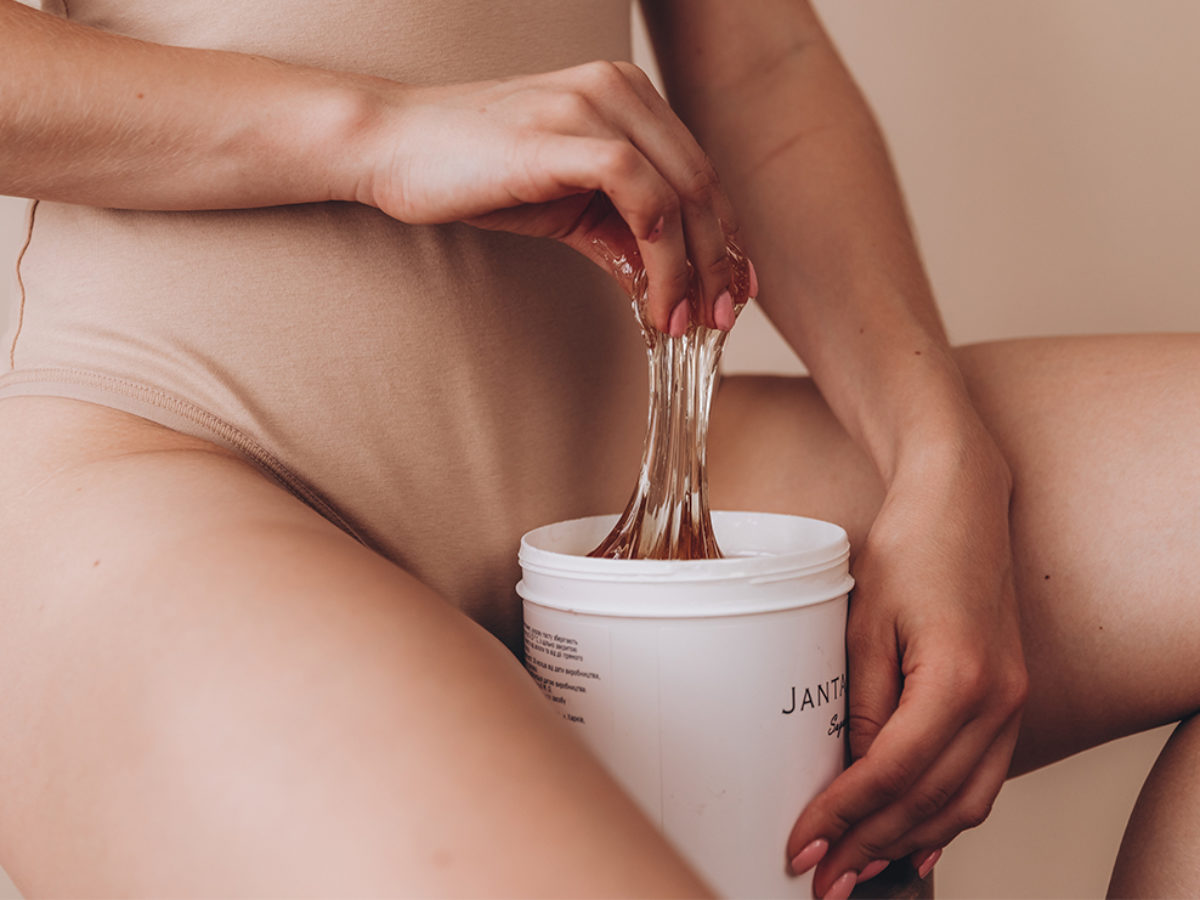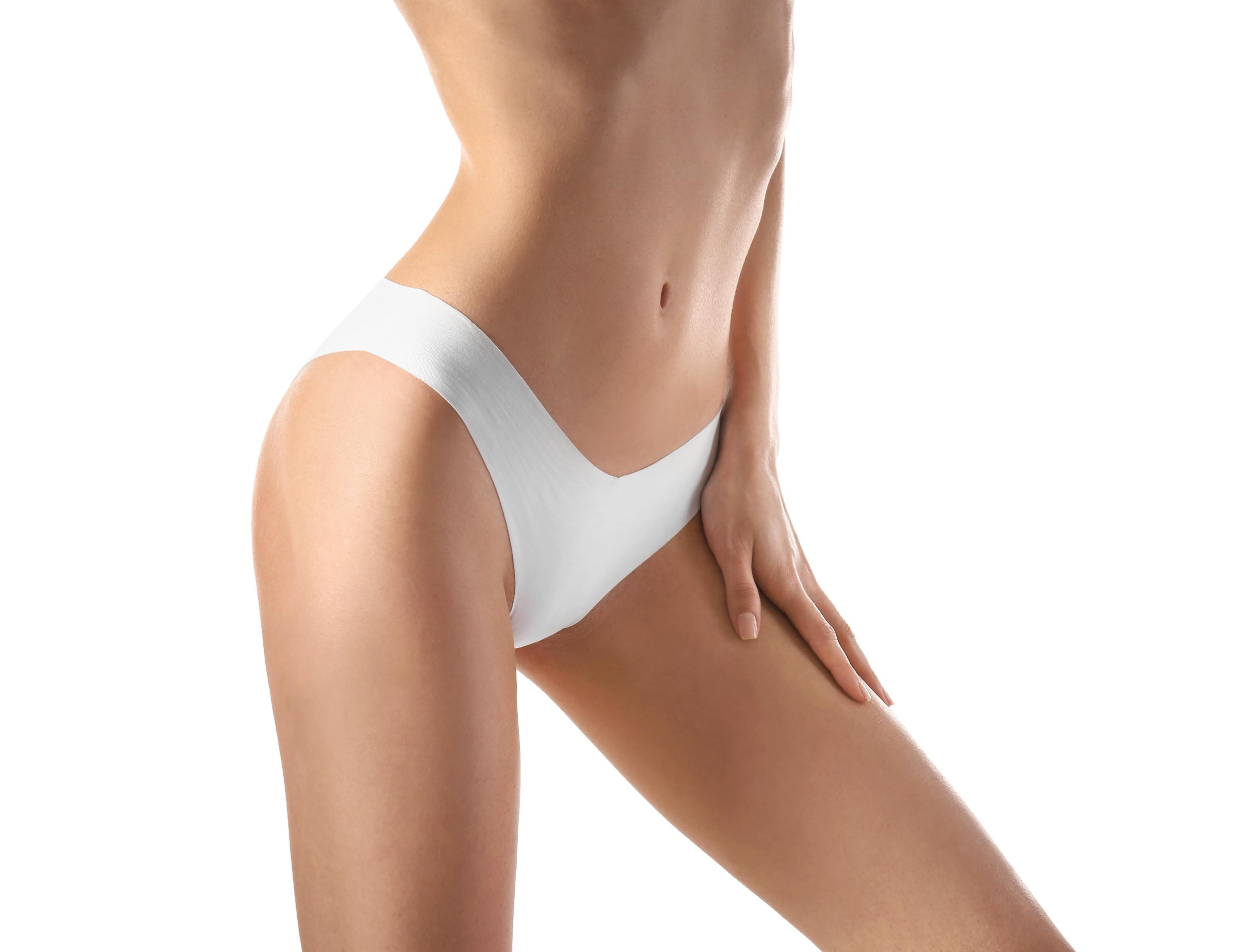Home>Women's Underwear>Bikinis>How A Bikini Wax Is Done


Bikinis
How A Bikini Wax Is Done
Modified: September 23, 2023
Discover the step-by-step process of how a bikini wax is done, from preparation to aftercare. Feel confident and comfortable in your bikinis with our expert techniques.
(Many of the links in this article redirect to a specific reviewed product. Your purchase of these products through affiliate links helps to generate commission for Under-tec.com, at no extra cost. Learn more)
Table of Contents
How A Bikini Wax Is Done
A bikini wax is a popular hair removal method that involves removing unwanted hair from the bikini area using hot wax. It is a process that is performed by professionals in salons or spas, ensuring safety and efficiency. If you’re considering getting a bikini wax, it’s essential to understand the steps involved. Here’s a comprehensive guide on how a bikini wax is done:
1. Consultation and Preparation: Before the waxing process begins, you will have a consultation with the esthetician. They will ask you about any allergies, skin sensitivities, or previous waxing experiences. It’s important to communicate your preferences and concerns during this time. Once everything is discussed, you will be asked to lie down on a comfortable waxing table.
2. Cleaning and Trimming: The esthetician will clean the bikini area to remove any dirt, oils, or lotions. They may also trim the hair to the desired length if it is too long. Trimming the hair ensures a more efficient and less painful waxing experience.
3. Applying the Wax: The esthetician will apply a thin layer of warm wax onto a small section of the bikini area using a spatula or roller. They will make sure to spread the wax in the direction of hair growth. Wax options include hard wax or soft wax, depending on your preference and the salon’s offerings.
4. Removing the Hair: Once the wax has cooled and adhered to the hair, the esthetician will quickly pull the wax strip or ball in the opposite direction of hair growth. This motion removes the hair from the root, providing longer-lasting results compared to shaving. They will continue this process, working in small sections until the desired area is hair-free.
5. Soothing and Aftercare: After all the hair is removed, the esthetician will apply a soothing lotion or gel to calm the skin and alleviate any discomfort. They may also provide you with aftercare instructions, such as avoiding hot baths, tight clothing, and excessive sweating for a day or two to prevent irritation or ingrown hairs.
6. Maintenance and Future Appointments: To maintain the smooth and hair-free results, regular bikini wax appointments are necessary. The frequency will vary depending on your hair growth rate, but most people find scheduling a waxing session every four to six weeks to be effective.
Remember, every individual’s tolerance to pain and experience can differ, so it’s essential to communicate with your esthetician throughout the process. They are trained professionals and can provide you with guidance and support for a more comfortable and successful bikini waxing experience.
Introduction
A bikini wax is a popular hair removal method that offers a longer-lasting alternative to shaving. It involves the application of hot wax to the bikini area, which is then quickly removed, taking unwanted hair with it. This process leaves the skin smooth and hair-free for weeks at a time, making it a preferred choice for many individuals who want to maintain a clean and groomed appearance in their bikini region.
Bikini waxes are typically performed by trained estheticians in salons or spas. These professionals have the knowledge and expertise to ensure a safe and effective waxing experience. While the thought of a bikini wax may seem intimidating, understanding the process can help alleviate any concerns and prepare you for a successful waxing session.
In this article, we will dive into the details of how a bikini wax is done, step by step. From the initial consultation to post-wax care, we’ll cover each aspect to give you a comprehensive understanding of what to expect during your bikini waxing appointment.
It’s important to note that everyone’s experience with bikini waxing can differ. Factors such as pain tolerance, hair texture, and individual preferences can influence the overall waxing process. By knowing the steps involved, you can communicate effectively with your esthetician, ensuring a comfortable and personalized experience tailored to your needs.
So, if you’ve been considering a bikini wax but aren’t quite sure how it works, this article provides the perfect introduction. Get ready to dive into the world of bikini waxing and discover how this hair removal method can help you achieve the smooth and confident look you desire in your bikini area.
Preparing for the Wax
Before getting a bikini wax, it’s important to properly prepare yourself to ensure a smooth and successful experience. Here are some steps you can take to get ready for your waxing appointment:
1. Allow Hair Growth: To ensure that the wax effectively removes the hair, it’s crucial to have enough hair length. Aim for at least a quarter-inch of hair growth before your appointment. This allows the wax to adhere properly and grasp the hair for efficient removal.
2. Exfoliate the Area: A day or two before your appointment, gently exfoliate the bikini area. This helps remove dead skin cells and ensures a smoother surface for the wax to adhere to. However, avoid exfoliating on the day of the waxing appointment to prevent any skin sensitivity.
3. Avoid Sun Exposure and Tanning: It’s best to avoid sun exposure or tanning beds before your waxing appointment. Sunburned or tanned skin can be more sensitive and prone to irritation during the waxing process.
4. Communicate Any Medications or Allergies: Inform your esthetician of any medications you’re currently taking, as well as any known allergies. Some medications can make your skin more sensitive or affect the outcome of the waxing, so it’s essential to be transparent about your medical history.
5. Take a Shower: It’s a good idea to take a shower before your appointment to ensure hygiene. Clean skin helps prevent any bacteria from entering the hair follicles post-waxing, reducing the risk of infection.
6. Wear Loose Clothing: Opt for loose-fitting clothing on the day of your waxing appointment. Tight clothing can rub against the freshly waxed skin, causing friction and discomfort.
7. Mental Preparation: Mentally prepare yourself for the waxing process. While some discomfort is normal during waxing, maintaining a positive mindset can help you feel more relaxed and minimize any potential pain or discomfort.
By following these preparatory steps, you can enhance your overall waxing experience and ensure optimal results. Remember, every individual is different, so it’s important to consult with your esthetician for any specific pre-waxing instructions that may be relevant to you.
Applying the Wax
Once you’re properly prepared for your bikini wax, the esthetician will begin the process of applying the wax to the bikini area. Here’s what you can expect during this step:
1. Choosing the Right Wax: The esthetician will select the appropriate type of wax for your specific needs and preferences. There are generally two options: hard wax and soft wax. Hard wax is often used for more sensitive areas, as it adheres to the hair rather than the skin, making it less painful. Soft wax, on the other hand, is applied with a strip and removed against the direction of hair growth.
2. Heating the Wax: If using soft wax, the esthetician will warm it up to a suitable temperature, ensuring it’s pliable and spreads easily. They will also check the wax’s temperature on a small area of your skin to make sure it’s not too hot and won’t cause burns or discomfort.
3. Applying the Wax: The esthetician will start by applying a thin layer of warm wax to a small section of the bikini area using either a spatula or a roller. They will carefully spread the wax in the direction of hair growth to ensure maximum adhesion. This minimizes the risk of breakage and allows for better hair removal.
4. Timing: After the wax is applied, the esthetician will allow it to cool for a few seconds. This gives the wax enough time to solidify and adhere to the hair strands, making the removal process more effective. The specific timing may vary depending on the wax’s instructions and the esthetician’s experience.
5. Repeating the Process: The esthetician will continue applying the wax and repeating the timing process in small sections until the entire bikini area is covered. They will make sure to maintain a consistent thickness of wax for even results.
6. Precision: During this step, the esthetician will pay close attention to detail, ensuring they stay within the desired bikini line or shape that you’ve discussed during the consultation. Clear communication and letting them know your preferences are important here.
7. Skin Protection: The esthetician will take precautions to protect the skin surrounding the hairs being waxed. They may apply a thin layer of oil or lotion to create a barrier between the wax and the skin, minimizing any potential irritation.
The process of applying the wax requires skill and precision. Your esthetician will have the experience and expertise needed to apply the wax accurately, ensuring both effectiveness and comfort throughout the procedure.
Removing the Hair
Once the wax has been applied and given enough time to cool and adhere to the hair, it’s time for the esthetician to remove the hair. Here’s what you can expect during this step of the bikini waxing process:
1. Quick Removal: The esthetician will use a quick motion to remove the wax and hair. If soft wax is used, they will typically use a fabric strip pressed firmly onto the waxed area before swiftly pulling it off against the direction of hair growth. If hard wax is used, the esthetician will grasp the cooled wax with their fingers and quickly flick it off in the opposite direction of hair growth.
2. Proper Technique: Your esthetician will employ proper wax removal techniques to minimize discomfort and ensure effective hair removal. This includes holding the skin taut near the waxed area using their free hand, helping to reduce pain and prevent any unnecessary pulling of the skin.
3. Working in Sections: The esthetician will work in small sections, removing the hair methodically to ensure thorough coverage. They will continue this process until the desired area is clear of hair.
4. Repeating as Necessary: Depending on the thickness and density of the hair, your esthetician may need to repeat the application and removal process in certain areas to ensure all the unwanted hair is effectively removed.
5. Painless Separation: The esthetician will use a gentle touch when removing the wax to minimize any discomfort. While some temporary discomfort is normal during the hair removal process, it should be brief and manageable.
6. Post-Removal Inspections: After each section is waxed, the esthetician may check the area for any stray hairs that may have been missed. They will use tweezers or another appropriate tool to remove any remaining hairs for a clean and polished result.
Throughout the hair removal process, the esthetician will work diligently to ensure an effective and efficient bikini wax. By utilizing proper techniques and attention to detail, they can provide you with a smoother and hair-free bikini area.
Post-Wax Care
After your bikini wax is complete, it’s important to follow proper post-wax care to ensure optimal results and maintain the health of your skin. Here are some essential tips to keep in mind:
1. Soothing the Skin: The esthetician will apply a soothing lotion or gel to calm the skin and alleviate any potential irritation or redness. They may also use a cool compress or aloe vera gel to help soothe the area.
2. Avoiding Heat and Friction: For the first 24 to 48 hours after your wax, it’s best to avoid activities that may produce heat or friction in the waxed area. This includes taking hot baths or showers, using saunas or steam rooms, and engaging in rigorous physical activities that cause excessive sweating.
3. Loose Clothing: Opt for loose-fitting clothing during the initial days following your wax. Tight clothing can rub against the freshly waxed skin, causing friction and potential irritation.
4. Exfoliation: After a week or so, you can gently exfoliate the waxed area to help prevent ingrown hairs. Use a gentle exfoliating scrub or a loofah, moving in circular motions. Regular exfoliation will help remove dead skin cells and promote healthy hair growth.
5. Moisturize: Keep the waxed area moisturized to maintain its softness and prevent dryness. Choose a gentle, fragrance-free moisturizer to avoid any potential irritation.
6. Avoid Sun Exposure: After a wax, the skin may be more sensitive to sun exposure. Protect the waxed area from direct sunlight by using sunscreen with a high SPF. This will help prevent sunburn and reduce the risk of skin damage.
7. Schedule Regular Maintenance: To maintain the smooth and hair-free results, consider scheduling regular bikini wax appointments. The frequency may vary depending on your hair growth rate, but most people find that scheduling a waxing session every four to six weeks helps achieve optimal results.
By following these post-wax care tips, you can help prolong the results of your bikini wax while keeping your skin healthy and comfortable. If you experience any significant or persistent irritation or have any concerns, be sure to consult with your esthetician or a skincare professional for proper guidance.
Conclusion
Bikini waxing is a popular hair removal method that offers longer-lasting results compared to other techniques like shaving. By understanding the step-by-step process involved in a bikini wax, you can feel more prepared and confident for your waxing appointment. From the initial consultation to the application and removal of wax, as well as post-wax care, each step plays a crucial role in ensuring a successful and comfortable experience.
Preparing for a bikini wax involves allowing sufficient hair growth, exfoliating the area, and avoiding sun exposure and tanning. It’s important to communicate any medications or allergies with your esthetician and wear loose clothing for your appointment. During the waxing process, the esthetician will apply the appropriate wax and remove the hair using proper techniques and precision.
After the wax, following post-wax care guidelines is essential for maintaining the smoothness of the skin and reducing any potential irritation. Soothing the skin, avoiding heat and friction, exfoliating, and moisturizing are crucial steps in post-wax care. Regular maintenance appointments will help you achieve longer-lasting results and keep your bikini area looking and feeling its best.
Remember, each individual’s experience with bikini waxing may vary. It’s important to communicate with your esthetician throughout the process, let them know your preferences and concerns, and follow their guidance for the best possible outcome.
Whether you’re preparing for a vacation, special event, or simply want to feel confident and groomed, a bikini wax can help you achieve that desired look. By understanding the process and following proper care, you can confidently embrace the smooth and hair-free results of a bikini wax.
